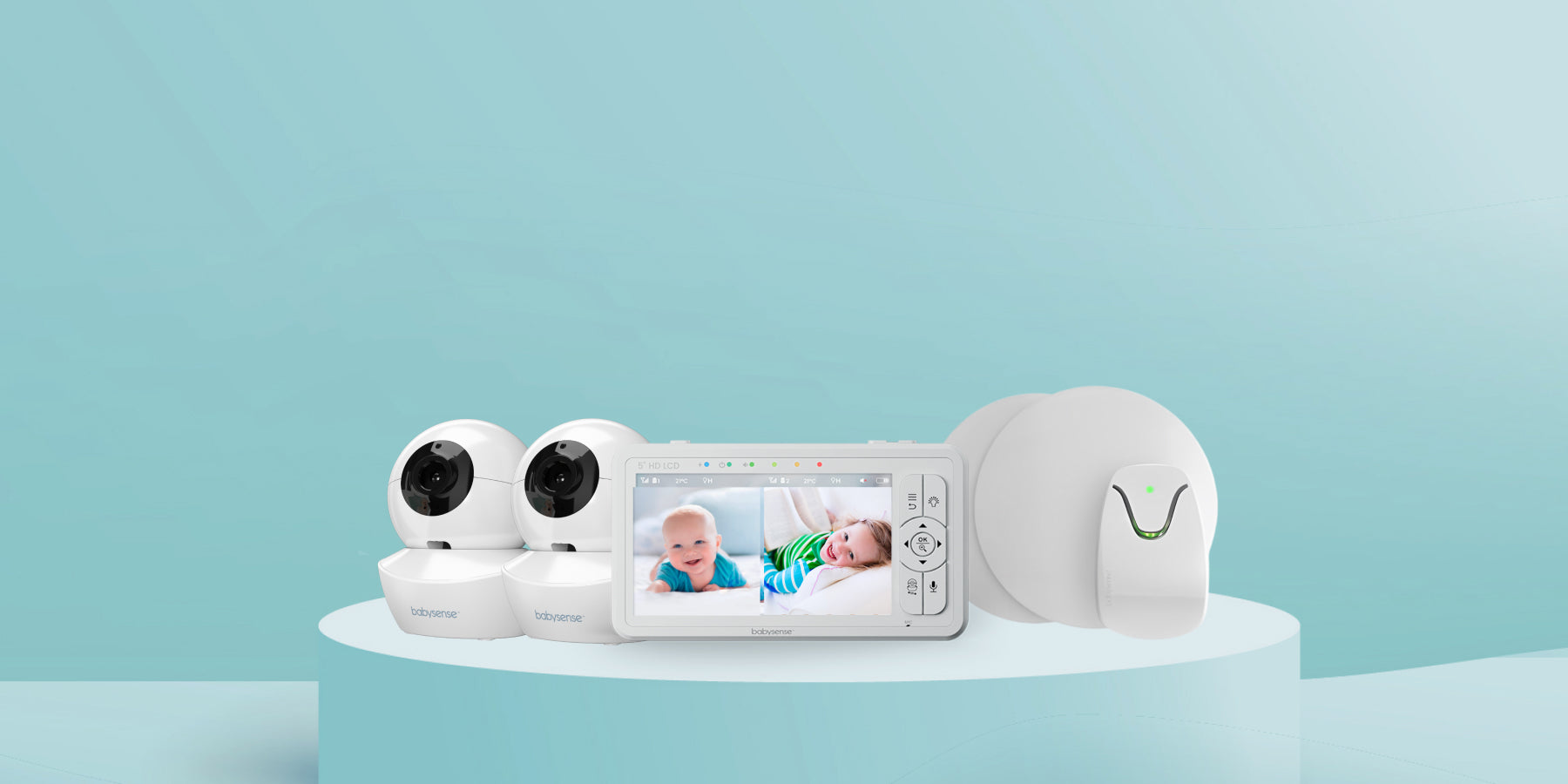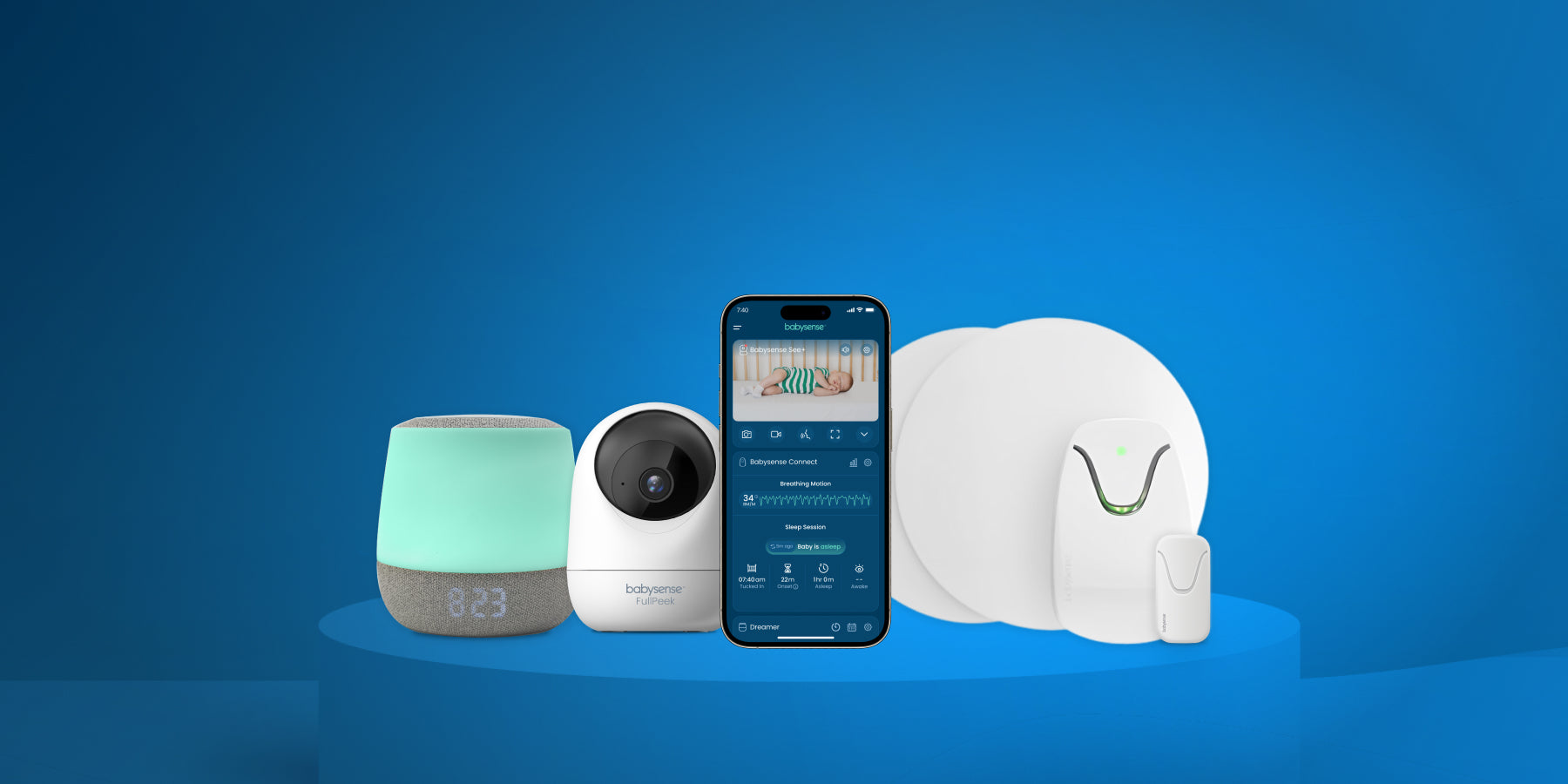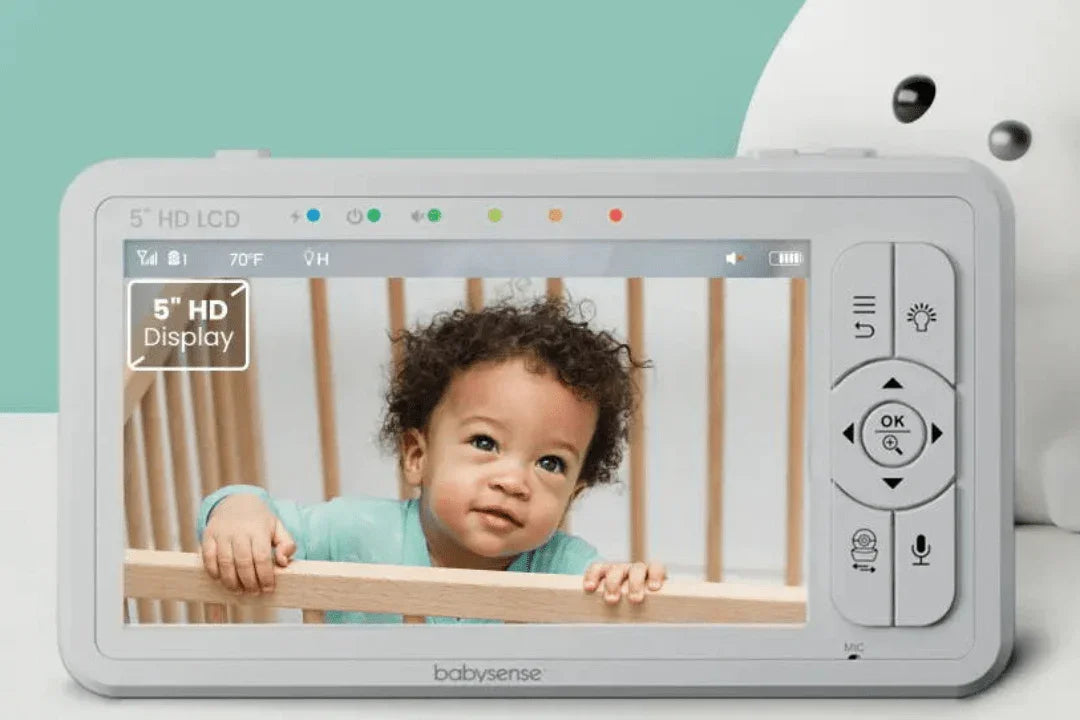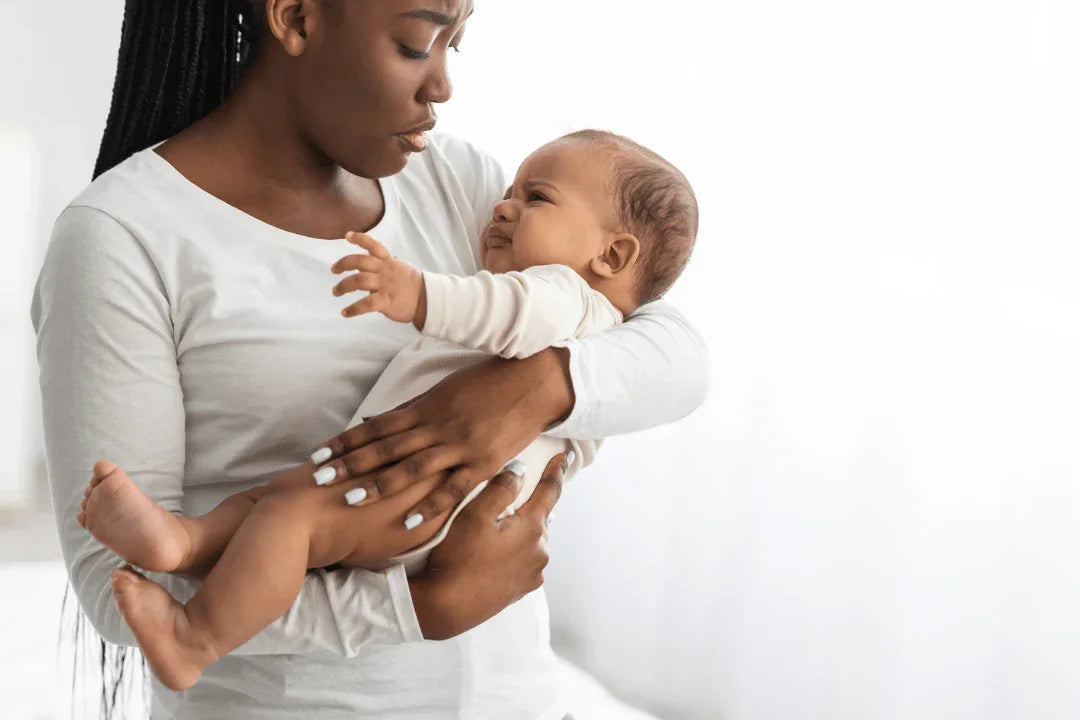Video Baby Monitor
Not all parents feel they need a video baby monitor in the nursery. Still, for families sleeping in separate rooms or managing work from home duties, it’s hard to imagine nights without one. In this guide, we cover who benefits most, top advantages and drawbacks, plus expert FAQs to help you decide if a video baby monitor is worth the investment.
Table of Contents
- Who Is a Video Baby Monitor Designed For?
- Advantages of a Video Baby Monitor
- Potential Drawbacks
- How to Decide if You Need One
- FAQs
Who Is a Video Baby Monitor Designed For?
Video baby monitors suit parents of infants and toddlers up to about three years old who sleep in a separate room or nap while caregivers work elsewhere. If you’re a deep sleeper or rely on hands-free monitoring, a video monitor delivers timely alerts and live footage so you never miss a sound or motion.
Advantages of a Video Baby Monitor
Easily Check on Your Baby
- Instant live video and audio feed avoids unnecessary nursery visits.
- Peace of mind with real-time baby sleep data.
Reduce Parental Anxiety
- See and hear your child from anywhere at home, lowering stress levels.
- Wi-Fi models let you check via smartphone app while working or away.
Support Sleep Training
- Use two-way talk to soothe without entering the room.
- Track movements and noises to reinforce consistent routines.
Potential Drawbacks of a Video Baby Monitor
Screen Overuse
Constantly watching the monitor can heighten anxiety for some parents, creating a cycle of over-monitoring that may reduce restfulness.
Security Concerns
Some Wi-Fi monitors faced hacking risks if default passwords remain unchanged. Choose models with end-to-end encryption and update credentials immediately.
Cable and Signal Issues
- Loose cables pose tripping or strangulation hazards - secure wires high and out of reach.
- Video feed relies on stable internet. Thick walls or Wi-Fi drops can interrupt the signal.
How to Decide if You Need a Video Baby Monitor
Consider these factors before purchasing:
- Child’s age: Best for infants learning separate-sleep routines.
- Sleep routine: If baby already sleeps soundly through the night, a simple audio monitor may suffice.
- Home layout: Large houses or separated rooms benefit most from video capability.
- Usage habits: List scenarios you’ll use the monitor - more use means greater value.
FAQs
Are video baby monitors safe?
Yes. Ensure cables are secured and choose a model with secure encryption protocols to protect your baby’s privacy.
What age should I use a video baby monitor?
Typically from newborn until around age three, or whenever your child moves into a separate room and you want remote peace of mind.
Can a video monitor help with sleep training?
Absolutely. Use the live feed and two-way talk to comfort your infant with minimal disruption, fostering independent sleep habits.
Internal & External Links
- Explore our full video baby monitor collection.
- Learn more about safe sleep recommendations from American Academy of Pediatrics.
- Read our guide on baby breathing monitors.





